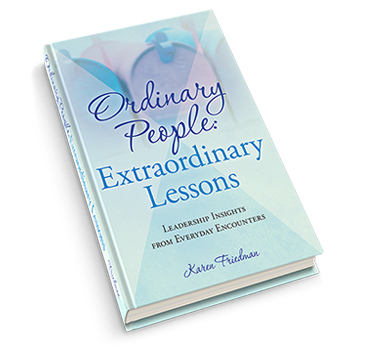All too frequently the equipment at my gym is broken. Eventually someone fixes it and then it breaks again. Clearly, management must have recognized the problem because several months ago they closed the fitness center for an entire week. The sign on the door said “Remodeling”. When they reopened, it looked nice. New paint. New equipment. New layout. A vast improvement. And to everyone’s surprise, they didn’t even raise our dues. What a bonus!
That was then. Now, about six months later, the gym still looks nice but the initial problem has returned. It seems every day a piece of equipment malfunctions or doesn’t work at all. When you tell the person at the desk, they shrug and say thanks. There is little communication. To be fair, a few of the brand new machines bear signs that say “out of order”. Other than that, not much has changed which makes me wonder if the fitness organization thought all it needed was a shiny new look to attract new customers and keep the old ones to stay in the game. As if makeovers are game changers.
Think about your own business. Perhaps you’ve poured money into a new website, updated product packaging, advertising or fancier PowerPoint designs. Like your house or car, new expensive upgrades look great and might make you feel good, but they have a short shelf life if you fail to maintain them. Ultimately your customers will catch on and realize the enhancements aren’t necessarily about improving the customer experience, but might be an attempt to boost the organizations own image and profits. Not that there is anything wrong with that. But do some businesses think customers can’t see beyond the smoke and mirrors? Or have we as consumers become so used to diversions that we simply accept the way things are?
Airlines do a great job of playing their customers for fools. If you’ve ever booked a trip on points so you can travel for free then you know exactly what I’m talking about. For example, a free round trip coach ticket from Philadelphia to Europe is advertised at approximately 60,000 points round trip. What a deal! But when you add in taxes, airport fees, phone booking charges when the point flights are not available on line, fees for sharing points with a family member if you don’t have enough and a processing fee, that free ticket can cost you over $400.00. I know from personal experience.
Or what about the bag of chips you bought at the supermarket last week. It looked like a good deal for $1.99. That is until you opened it and noticed it was only half full. Instead of cutting price, manufacturers routinely skimp on quantity.
Then there is the end of the year clothing sales. Ads scream ‘buy one get one free’. But what is free? If you compare the price of buying before and after the sale, the total price is often the same.
So if we know this, why do we continue using that airline, buying that brand or shopping in that store? Is it price, quality, convenience, ease of use, service, friendliness or all of the above? I know what you’re thinking; that it’s all of the above. You are partially correct.
According to customer service provider Zendesk, consumers rank quality (88%) and customer service (72%) as the two biggest drivers of loyalty. That includes having proactive customer communication policies to maintain regular contact with clients to sustain the customer life cycle. Think of it as dating. When you first meet, you go through a hand holding stage and probably talk often. Then as you grow into it, you get a bit more comfortable with each other. But the longer that relationship lasts, the harder you have to work to stay connected.
That’s why it’s so important to communicate with the customers you have. I’m not talking about promotions, sales or gimmicks. Instead, provide tools and information they can use to drive and grow their business. Ask them how you can improve service and when they make good suggestions, implement them. Examine situations involving customers who weren’t so happy with you and explore ways to implement change for future prospects. Most importantly, find out what’s working for your customers and show respect to those customers by making sure what they value keeps working.
Providing the best products and services you can at every stage of your relationship is far more credible and cost effective in the long run.








Leave a Reply
You must be logged in to post a comment.